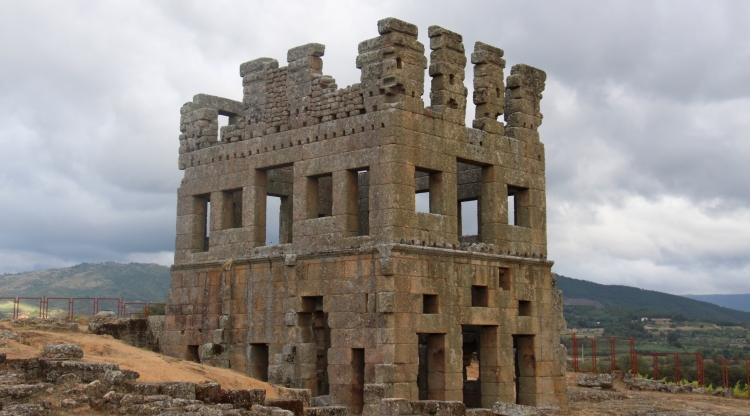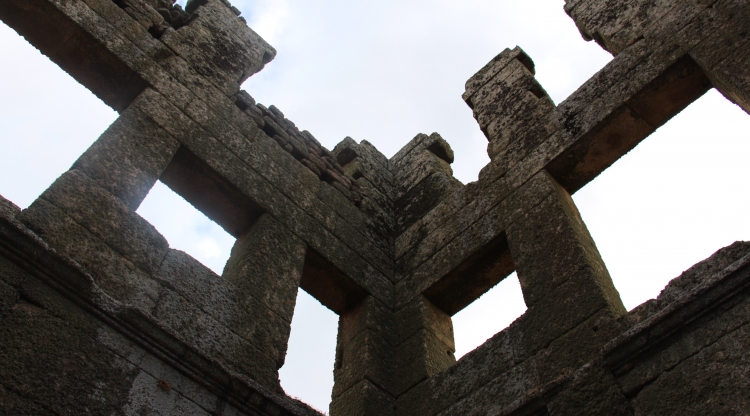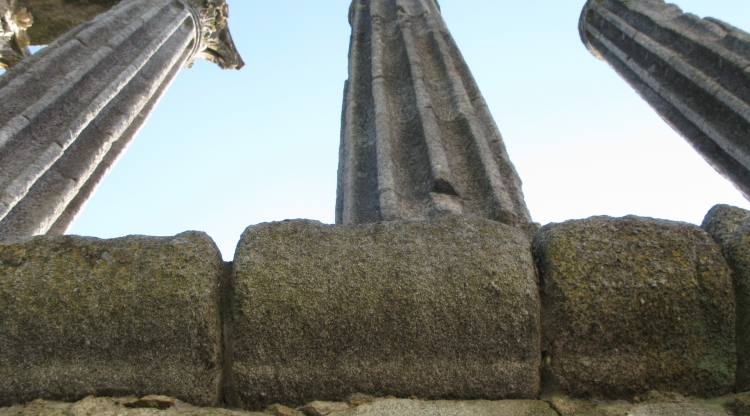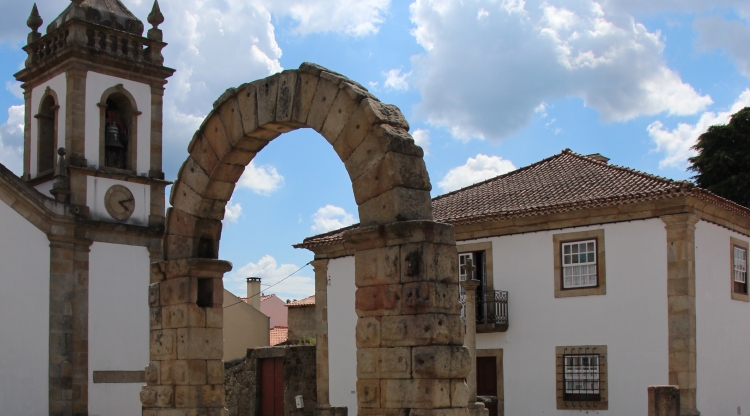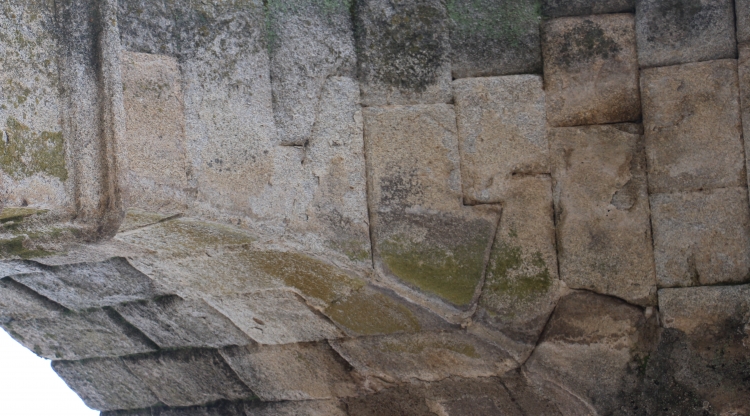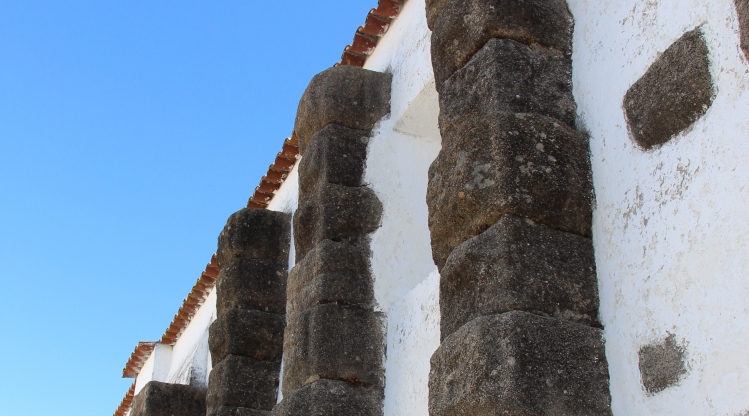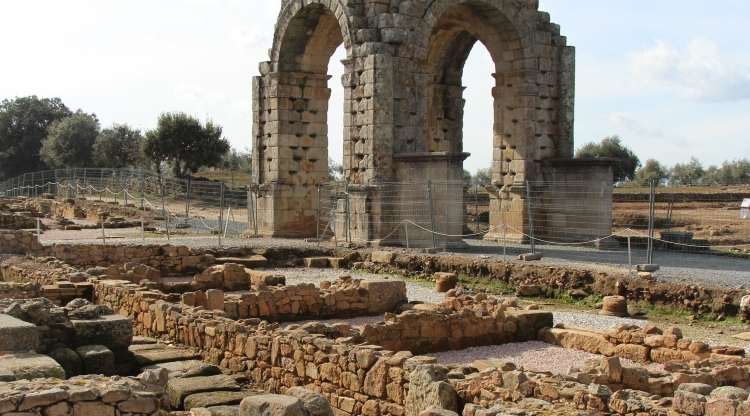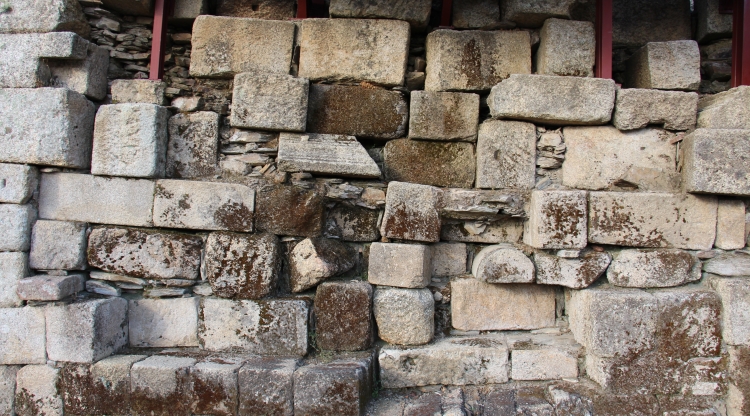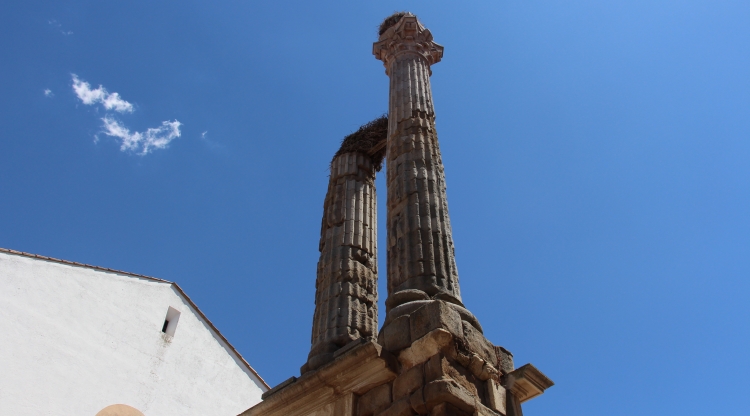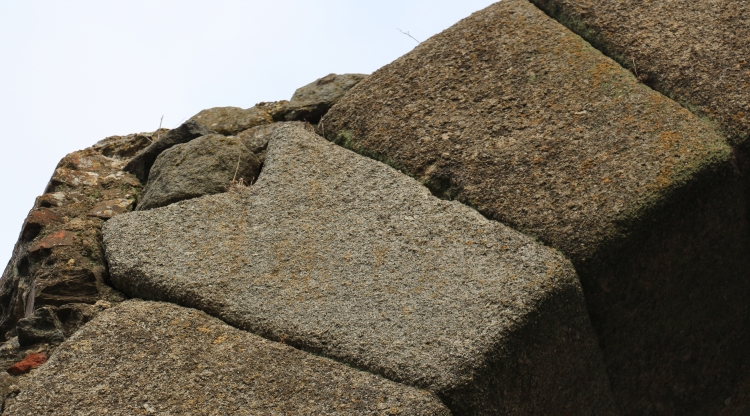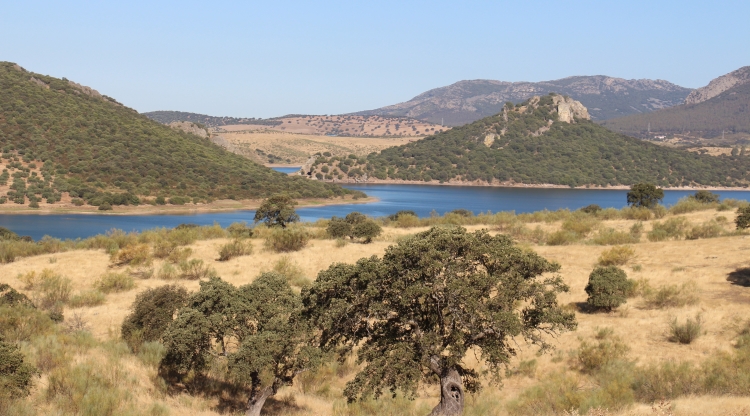Análisis de soluciones técnico-constructivas, modelos arquitectónicos y urbanísticos de la arquitectura romana de la Lusitania: Orígenes y trasformación de una cultura arquitectónica
The project aims to record and encode the public buildings of Roman Lusitania from the perspective of construction technology, analyzing the origins and transformations of architectural models in relation to technical solutions.
The role of architecture in the cultural process of introduction and development of urban and regional models of roman period has been sufficiently discussed during several decades of research internationally. Instead, technical issues of diffusion of these models represent’s a very broad field still today, specially in the field of diffusion and transformation of the architectural solutions used. In a historical perspective of technology, analysis of the various solutions of different architectural models raises general issues: the modalities of transmission of knowledge in a homogeneous administrative territory, dissemination of techniques construction and its mapping in a very large territory, the movement of labor and different professions, adaptation techniques based on the type of monuments, contextualized analysis of the architectural decoration of building, the different funding mechanism for the decorative and structural solutions.
Using the methodology developed in recent years, was possible to observe the roman architecture as a material document, able to give direct information on the issues previously presented.
This regard, it establishes a unique recording system that allows analysis of the relationship between historiographical analysis, stratigraphic and technical-construction of structures, with the purpose of creating a corpus for the diffusion of architecture and building techniques used in one of the most significant western provinces of the Roman world. This target also fits in an international research program linked to a Labex Transfers the Ecole Normale Superieure de Paris - UMR 8546, on "Technique of construction in terre cuite Pierre et in: circulation des hommes, des et des materiaux savoirs "in which members of the project team requested.
In our specific context, we’ll focus on the dynamics of construction and study of the building architectures processes, determining the tipological characteristics and peculiarities that make up an architectural culture, through the exchange of technological knowledge between the promoters and performers.
The research methodology is based on the application of the Archaeology of Architecture buildings from Roman period and is part of an international research line developed in recent years among Spanish institutions, Italian and French: Archaeology of Construction.
The results of work will form the basis of a GIS that will allow the inclusion of architectural phenomena analyzed in the broader context of spatial and environmental membership, in order to serve as a tool for proper development in the application of new materials and techniques restoration processes of archaeological remains. This object is associated with the project team members of a laboratory specializing in a wide range of analysis archaeometric (ceramics, stone, mortar). The purpose of the inclusion of a specific section of archaeometry of materials is based on the increasing demand for accurate characterization of structural components to obtain data from two types: a) History and Archaeology. Opportunity to present in detail the technologies used during the construction of buildings and contribute to the knowledge of the process of movement of labor or the organization of trade routes in the world of construction.b) Conservation and Restoration. Use of materials physically and chemically compatible with the original structural wear and avoid prejudice the conservation status of the remains.
For the realization of the objectives and the accomplishment of the research will be crucial the help of the
Laboratory of Archaeology, Architecture and Planning, structure belonging to the Institute of Archaeology, Merida and coordinated by the principal investigator of the project requires.


